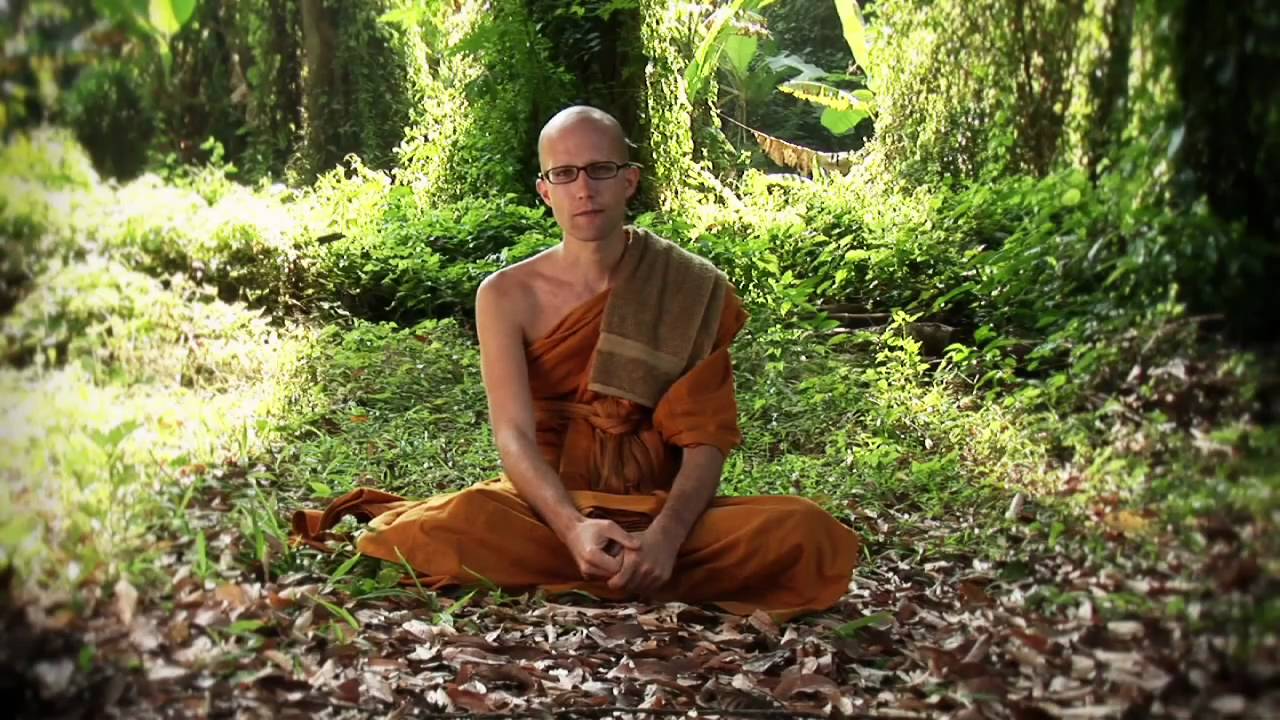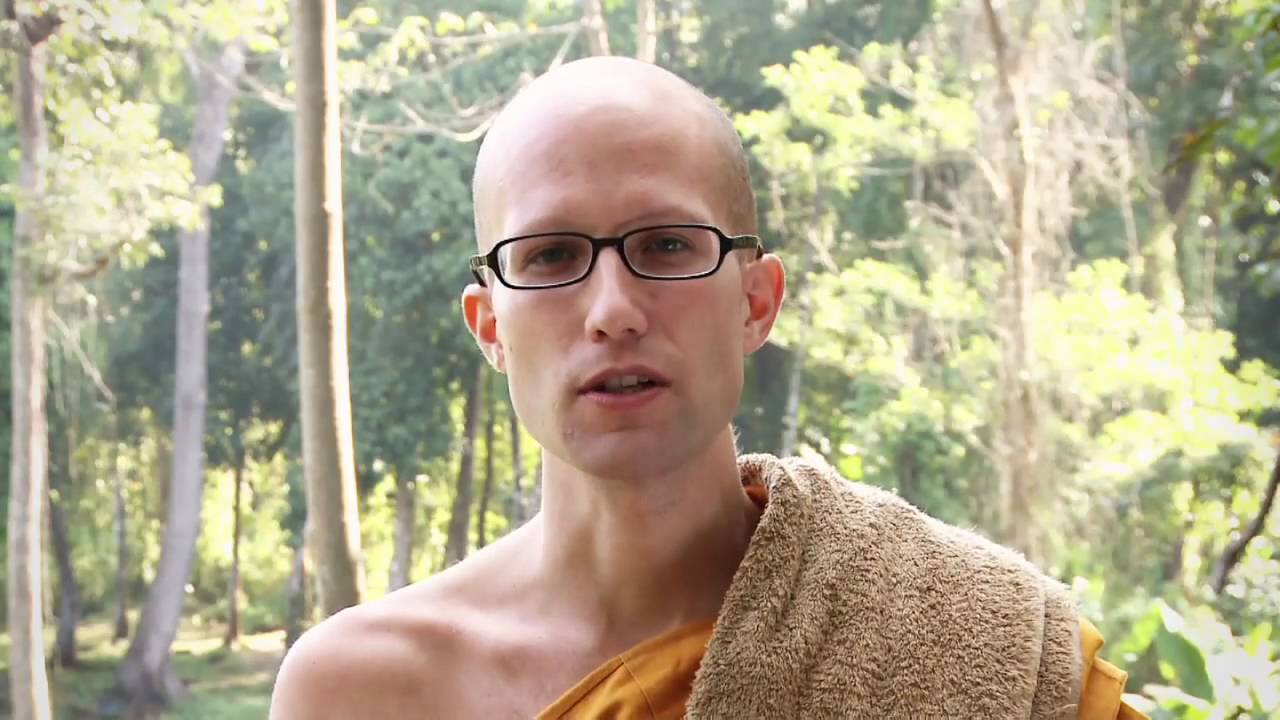Broadly speaking meditation can be defined as a self induced change of state of mind for the purpose of heightening certain awareness or attention, or for emotional well being.
However, the narrower definitions vary according to the beliefs surrounding them. As beliefs differ among different people, so the understanding and practice of meditation differ just as greatly.
Some of the more commonly known types of meditation tend to be the legacies of the Eastern religions, but there are aspects of it in many of the Western beliefs as well.
From prehistoric times, ritualistic repetitive movements and chants were discovered to induce a state of conscientiousness which was believed to appease the supernatural that they worshipped. It usually went alongside offerings and sacrifices to the gods.
When it became apparent that these spiritual rituals seemed beneficial to the people who performed them, they began to change and develop them in order to realise the self, but generally still for religious purposes.
The Oriental religions such as Hinduism and Buddhism refined meditation as a means for achieving a higher state of spiritual growth and goodness. The word for ‘meditate’ is ‘dhyana’ in Hinduism and Buddhism and is derived from the Sanskrit root word ‘dhyai’.
The Western religions were divided in their approach to meditation. Those that included repetitive words or actions formed one school of thought, while those that didn’t formed another.
The English meditation comes from the Latin ‘meditari’ which means ‘to think, contemplate, devise, ponder, meditate’.
The original Western Christian meditation was merely an aspect of worship that included reading, pondering, prayer and contemplation. Although a deep calm and concentration was induced, no repetitions, specific postures or rituals were included.
Later in some branches of Christianity, there was a movement away from the more pragmatic type of Christianity towards an attempt at a mystic communion with God. This led to rituals, chanting, repetitive prayers and a euphoric state.
A modern and far more emotional approach in some churches has brought about deeply rhythmic music, clapping and swaying. Supremely hypnotic states, such as ‘talking in tongues’ have emerged from the emotional states induced.
The Jewish and Islamic religions tended more towards the original Western style of prayer and meditation, but here also there were some groups such as the Jewish Kabbalah and Islamic Sufism that branched off towards the more Oriental form of mind control and meditation.
Today meditation is a world wide phenomenon and found in many forms. It is practised less for religious purposes and more for the practical applications that it offers.
Most of us live in stressful environments. In olden times stress came and went in small spurts throughout life. Today it is just a steady day to day stream of stress pouring on most of us without let up.
This can be a disaster for our blood pressure, cardio-vascular systems, and just about everything else concerning our physical and mental health! Wherever you find great stress pressures, there you find a desperate need for an island of peace and calm.
People are turning more and more towards meditation for a way to find that oasis in life. There is ample medical evidence that prayer and meditation benefits have healing and soothing properties.
The tranquility and peace that you find in nature have much the same effect, but it is just not often available to people living in crowded cities, as most of us do. The alternative as a newbie to meditation is to find out how to meditate for beginners, especially loving kindness meditation. The world will be a better place for us and for everyone who knows us.
Find More Trascendental Meditation Articles








